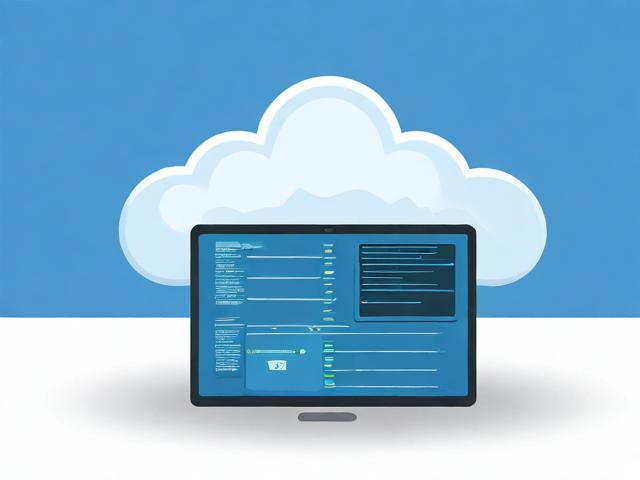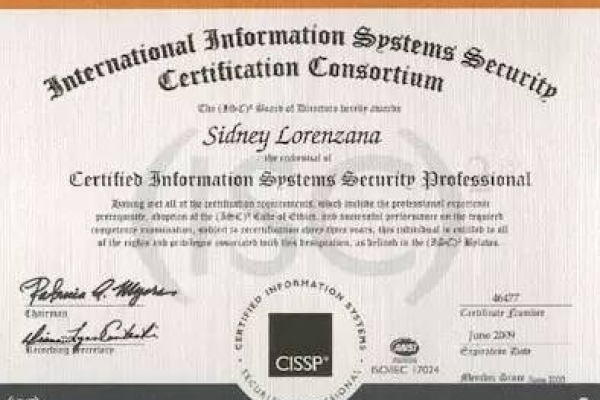如何精通.htaccess重写规则以优化网站性能?
- 行业动态
- 2024-08-29
- 3
在管理网站的时候,.htaccess 文件起着至关重要的作用,尤其是在进行URL重写(Rewrite)以优化网站SEO和提升用户体验的过程中,下文将详细介绍.htaccess Rewrite规则的使用和语法格式,帮助理解如何有效地应用这些规则来管理网站的URL结构。
RewriteEngine 指令
功能介绍:RewriteEngine 是所有重写规则的开关,只有当RewriteEngine On 被指定时,其余的重写规则才会被启用,这是一个关键步骤,通常放在.htaccess文件的最顶部。
使用场景:几乎所有需要修改请求URI的处理都需要开启此引擎。
RewriteBase 指令
功能介绍:RewriteBase 用于设置重写的基准URL,这有助于确保在动态生成的URL中正确地解决相对路径问题。
应用场景:主要应用于目录级的配置文件中,例如在子目录内部进行重写操作时避免路径错误。
RewriteRule 指令
功能介绍:RewriteRule 是实现具体重写规则的指令,其基本语法为RewriteRule Pattern Substitution [Flags],Pattern 是被匹配的原始URL模式,而 Substitution 是替换后的新URL。

应用场景:用于各种URL改写需求,如创建干净的URL、实现301重定向等。
示例:
RewriteRule ^oldpage.html$ newpage.html [R=301,L] 将旧页面 oldpage.html 永久重定向到新页面 newpage.html。
RewriteCond 指令
功能介绍:RewriteCond 用于为重写规则设置条件,只有在满足这些条件时,相关的 RewriteRule 才会被执行。
应用场景:适用于复杂的重写逻辑,如根据HTTP请求头信息或服务器环境变量来决定是否应用某个重写规则。
AllowOverride 指令

功能介绍:AllowOverride 指令并不直接参与重写过程,但必须在httpd.conf中激活,并设置为All或Limit选项,以允许.htaccess文件运行包括RewriteRule在内的指令。
应用场景:主要用于服务器配置层面,控制哪些目录下可以应用.htaccess规则。
相关注意事项和效能优化建议
维护性:保持.htaccess文件的整洁和注释,以便未来的维护和问题排查。
性能考量:过多或复杂的重写规则可能影响服务器性能,应合理规划和测试。
安全性:确保.htaccess文件的访问权限设置正确,防止敏感信息泄露。
通过合理运用.htaccess中的Rewrite规则,可以极大地增强网站的灵活性和用户友好度,这些工具不仅帮助实现技术层面的URL优化,还能在搜索引擎优化(SEO)方面发挥重要作用,将进一步探讨一些常见问题及其解答,以加深理解和应用。

相关问题与解答
Q1: RewriteRule 中的 Flags 参数有何用途?
A1: Flags 参数用于定义重写规则的行为,[R=301] 表示执行永久性重定向,而 [L] 表示如果该规则被触发,则停止处理后续的规则,这提供了对重写行为的精细控制。
Q2: 如何确保.htaccess文件中的规则不会影响到网站的性能?
A2: 应限制规则的复杂度并测试每条规则对服务器性能的影响,利用 RewriteCond 适当限制规则的应用范围,只在必要时才应用复杂的重写规则。









